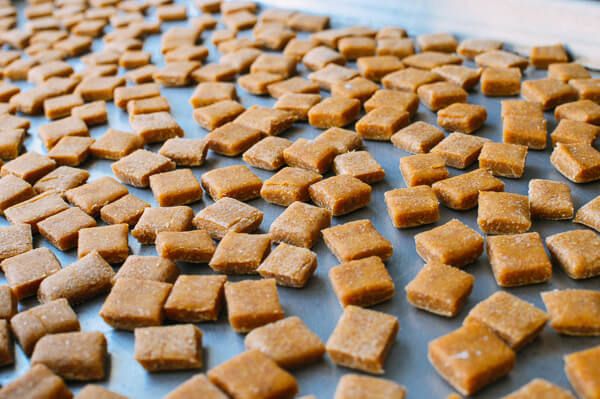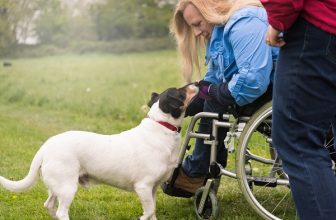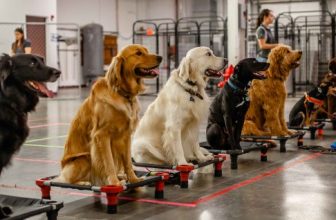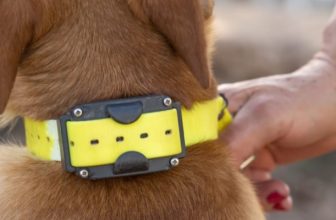
Learn how to choose the perfect dog training treats for effective training sessions. Discover various types of treats, tips for selection, and FAQs. Find the ideal treats to motivate and reward your furry friend.
When it comes to training your beloved canine companion, using the right treats can make all the difference. Dog training treats serve as both motivation and reward during training sessions. Selecting the right kind of treats can enhance the training experience and strengthen the bond between you and your furry friend. In this comprehensive guide, we will explore the ins and outs of choosing the best dog training treats, ensuring that each training session is both effective and enjoyable.
What Makes a Great Dog Training Treat?
Before we delve into the different types of training treats available, let’s understand what makes a treat suitable for training purposes:
High Value and Irresistible
A great training treat needs to be something your dog finds incredibly enticing. It should be a treat that your dog is willing to work hard for, even in distracting environments.
Small and Quick to Consume
Training sessions involve multiple repetitions, so opt for small-sized treats that your dog can consume quickly without getting too full.
Easily Digestible and Healthy
Ensure the treats are easily digestible and made from high-quality ingredients. Healthy treats are essential to maintain your dog’s overall well-being.
Non-Greasy and Non-Crumbly
Treats that are clean to handle are ideal, as greasy or crumbly treats can be messy and distract both you and your dog during training.
Variety
Having a variety of treat options can prevent your dog from getting bored during training. This variety also allows you to assess which treats your dog responds to best.
Types of Dog Training Treats
Different dogs have different preferences, so having a variety of training treats on hand is essential. Here are some popular options:
1. Soft Treats
Soft treats are pliable and easy to break into small pieces. They are a great choice for dogs of all sizes, as you can adjust the treat size based on your dog’s needs.
2. Freeze-Dried Treats
Freeze-dried treats retain their flavor and nutritional value while being shelf-stable. They often have an intense aroma, making them appealing to dogs.
3. Jerky Treats
Jerky treats are protein-rich and chewy, making them suitable for longer training sessions. Look for jerky made from lean meats without artificial additives.
4. Cheese or Meat Cubes
Chunks of cheese or cooked meat can be a high-value reward for many dogs. Just ensure the pieces are small and easy to swallow.
5. Training Biscuits
Training biscuits are dry, crunchy treats that are easy to carry and store. They come in various flavors and sizes to suit your dog’s preferences.
How to Choose the Right Dog Training Treats
Consider Your Dog’s Preferences
Observe what flavors your dog loves the most. Some dogs go crazy for meat, while others prefer cheese or even fruits.
Size Matters
Choose treats that are appropriately sized for your dog’s breed and size. Smaller treats are ideal for small breeds, while larger treats might be suitable for bigger dogs.
Caloric Content
Keep an eye on the caloric content of the treats. You don’t want training sessions to contribute to excessive calorie intake.
Nutritional Value
Opt for treats that provide some nutritional value, such as treats with added vitamins or natural ingredients.
Avoid Allergens
If your dog has known allergies, ensure that the treats you choose are free from those allergens.
FAQs
Are homemade treats a good option?
Absolutely! Homemade treats can be a great choice, provided they are made from safe and dog-friendly ingredients. Just be sure to avoid any harmful additives or ingredients that are toxic to dogs.
Can I use my dog’s regular food as treats?
Yes, you can! If your dog loves their regular kibble, you can use it as treats during training sessions. Just deduct the portion from their daily meals to avoid overfeeding.
How many treats should I give during a training session?
It’s important to strike a balance. While treats are effective rewards, overfeeding can lead to weight gain. Generally, a handful of treats is sufficient for a training session.
My dog has dietary restrictions. What treats can I use?
If your dog has dietary restrictions, look for specialized treats formulated to meet their needs. There are plenty of options for dogs with sensitivities or allergies.
Can treats be replaced with praise during training?
Yes, praise and positive reinforcement are crucial components of training. However, treats offer an extra incentive that can speed up the learning process, especially for complex commands.
Are there treats specifically designed for puppies?
Absolutely. Puppies have different nutritional needs, so look for treats specially formulated for their age and size. These treats are usually gentler on their developing digestive systems.
Conclusion
Selecting the right dog training treats is a key factor in successful training sessions. By considering your dog’s preferences, size, nutritional needs, and the variety of treat options available, you can ensure that training becomes an enjoyable and rewarding experience for both you and your furry companion. Remember, each dog is unique, so don’t be afraid to experiment with different treats until you find the ones that truly motivate and delight your four-legged friend.




